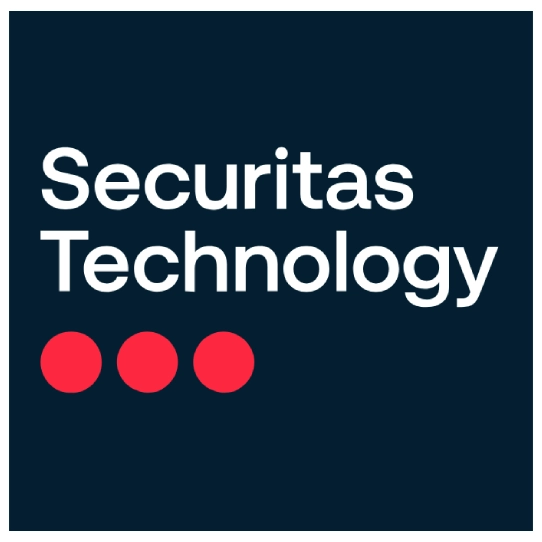The Future of Campus Security: Transitioning to Electronic Access Control
As a large land-grant institution catering to over 70,000 students, faculty, and staff with thousands of visitors daily, pressure is mounting to reevaluate traditional campus security measures. Traditional keys no longer cut it in the present world. Consequently, the institution is shifting towards more sophisticated access control measures – electronic access controls – to fortify its buildings.
Access Control: The Rise of Self-Monitored Enclosures
Confronted with the exigencies of our modern, highly interconnected world, the most notable transformation in our access control measures has been the shift towards self-monitored enclosures. This innovative system upends traditional modes of access control with its ability to remotely grant or deny access permissions in real-time, eliminating the need to physically attend the site whenever an issue arises. This approach is not just incredibly efficient but also a game changer in terms of cost effectiveness and scalability.
Security Tailored to Institutional Needs
Electronic access control systems provide the flexibility necessary for large institutions to tailor their security system to their specific needs. For campuses like ours, ensuring the safety of our diverse populace while ensuring smooth operations is paramount. Therefore, these advanced systems offer the precision and control necessary to achieve this balance between openness and security.
Conclusion: Lead with Change, Secure the Future
With the continuous evolvement in security technology, vast institutions like ours must adapt to stay ahead of potential security threats. The adoption of electronic access control systems symbolises a crucial step forward in employing advanced technology to address security concerns. As we continue with the paradigm shift from traditional keys to electronic systems, the productivity gains and the enhancement of overall security are clear indications that we are headed in the right direction.




